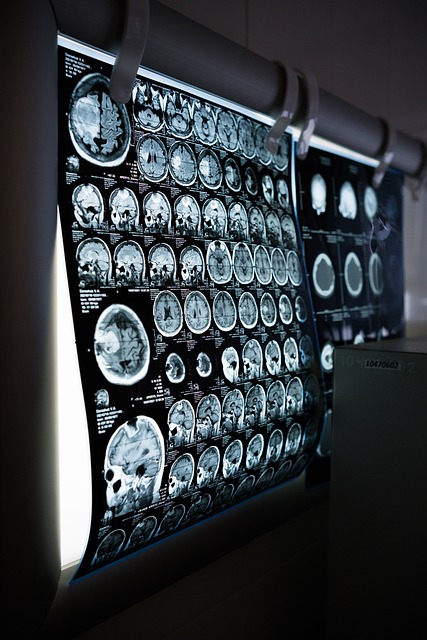Stroke, often referred to as a "brain attack," is a medical emergency that can have devastating consequences. It occurs when the blood supply to part of the brain is interrupted or reduced, depriving brain cells of oxygen and nutrients. In this article, we will explore the various aspects of stroke, including its causes, symptoms, risk factors, and strategies for prevention and early intervention.
Types of Stroke
There are three primary types of stroke:
- Ischemic Stroke: This is the most common type of stroke, accounting for about 87% of all cases. It occurs when a blood clot or plaque buildup narrows or blocks a blood vessel(artery) leading to the brain. As a result, blood flow to the brain is disrupted.
- Hemorrhagic Stroke: Hemorrhagic strokes are less common but more severe. They occur when a weakened blood vessel ruptures, causing bleeding into the brain. This can result from conditions such as an aneurysm(weak ballooned blood vessel) or high blood pressure.
- Transient Ischemic Attack (TIA): Also known as a "mini-stroke," a TIA is a temporary disruption of blood flow to the brain. While the symptoms are similar to those of a stroke, they typically resolve within minutes to hours. TIAs are often warning signs of an impending stroke and should not be ignored.
Recognizing the Symptoms
Recognizing the signs and symptoms of a stroke is crucial for timely intervention, as every minute counts. Common stroke symptoms include:
- Sudden Numbness or Weakness: Especially on one side of the face, arm, or leg.
- Confusion or Trouble Speaking: Difficulty forming words or understanding speech.
- Vision Problems: Blurred or double vision.
- Severe Headache: Often described as the worst headache of one's life.
- Dizziness or Loss of Balance: Difficulty walking or maintaining balance.
Acting F.A.S.T. can be a lifesaver:
- Face Drooping: Is one side of the face drooping or numb?
- Arm Weakness: Is one arm weak or numb?
- Speech Difficulty: Is speech slurred or difficult to understand?
- Time to Call for help: If you observe any of these signs, call for help immediately.
Risk Factors
Several risk factors increase the likelihood of having a stroke. Some of these are modifiable, meaning they can be managed or controlled, while others are non-modifiable:
Modifiable Risk Factors:
- High Blood Pressure: The leading cause of stroke. Regular blood pressure monitoring and management are essential.
- Smoking: Smoking damages blood vessels and increases stroke risk.
- High Cholesterol: Elevated levels of LDL cholesterol (bad cholesterol)can lead to plaque buildup in arteries.
- Diabetes: Poorly managed diabetes can damage blood vessels and increase the risk of stroke.
- Physical Inactivity and Poor Diet: A sedentary lifestyle and unhealthy diet can contribute to obesity and other risk factors.
Non-Modifiable Risk Factors:
- Age: Stroke risk increases with age, especially after 55.
- Gender: Men have a slightly higher risk, but women's risk increases during pregnancy and with the use of birth control pills.
- Family History: A family history of stroke or certain genetic factors can increase susceptibility.
Prevention and Treatment
Preventing stroke primarily involves managing risk factors through lifestyle modifications and, in some cases, medications. These include:
- Healthy Diet: A diet rich in fruits, vegetables, whole grains, and low in saturated fats and sodium can help manage blood pressure and cholesterol.
- Regular Exercise: Engaging in regular physical activity helps maintain a healthy weight and reduces the risk of high blood pressure.
- Smoking Cessation: Quitting smoking is one of the most effective ways to reduce stroke risk.
- Stopping Alcohol: stopping alcohol consumption can help manage blood pressure and reduce stroke risk.
- Medications: For individuals with specific risk factors, medications such as anticoagulants, antiplatelet drugs, or medications to control blood pressure and cholesterol may be prescribed.
Conclusion
Stroke is a serious medical condition that can have life-altering consequences, but it is not always inevitable. By understanding the risk factors, recognizing the symptoms, and taking steps to control modifiable risk factors, we can reduce the incidence of stroke and save lives. It is essential to act quickly if stroke symptoms are observed and seek immediate medical attention. Stroke is a preventable and treatable condition, and with awareness and proactive measures, we can work towards a world where strokes become increasingly rare and less debilitating.
